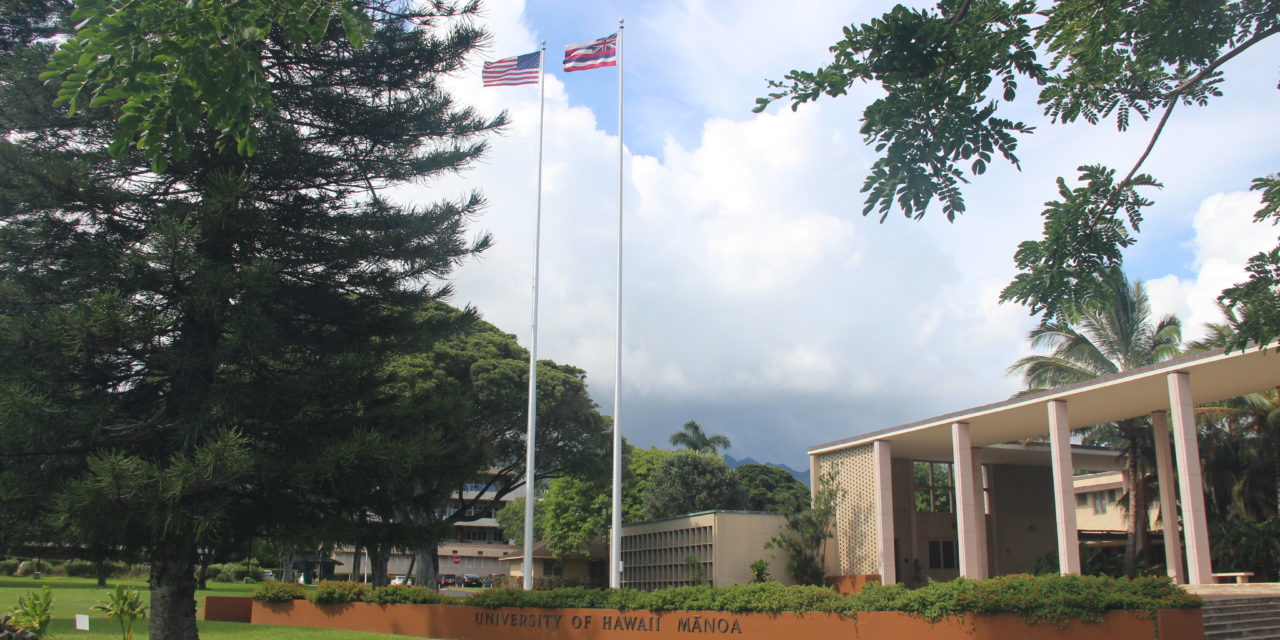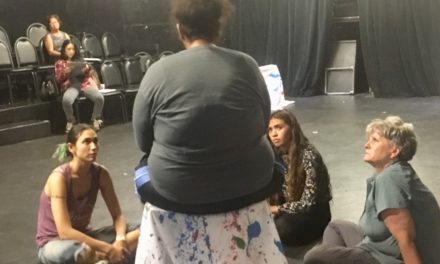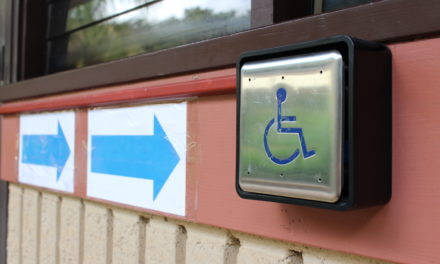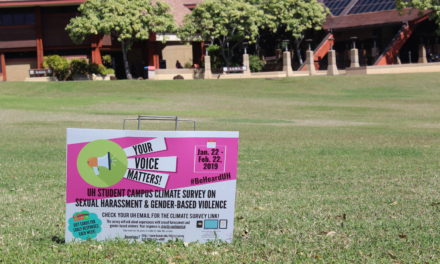By Chris Takahashi | Staff Writer
At the UH Board of Regents meeting held on June 1, 2017, UH Mānoa President David Lassner addressed the regents by citing dipping enrollment figures.
He said in his remarks, “I will say that in facing a zero percent tuition increase in the next fiscal year, coupled with declining enrollment, and, at UH Mānoa enrollment has declined for five straight years and more worrisome is that it has declined at an accelerating rate in each of those five years [sic].”
The decline in enrollment at UH Mānoa mirrors a trend seen across the UH System, including the one seen at KCC.
Over a five-year period of enrollment from 2012 to 2016, both UH Mānoa and KCC saw declines that exceeded the average for the entire system, which saw enrollment decline at approximately 12%. UH Mānoa’s decline was slightly above the average, at 12.2%, while KCC saw a much larger decline of approximately 19.7%, according to data from the UH Institutional Research and Analysis Office.
The only school in the system to have bucked the trend is UH West Oʻahu, where enrollment numbers have increased 61.5% over the five-year period. Though being a much smaller institution, the growth at UH West Oʻahu is merely a fraction of the decline seen at UH Mānoa in terms of overall headcount.
Accordingly, UH Mānoa Assistant Vice Chancellor for Enrollment Management and Director of Admissions, Roxie Shabazz, does not believe there to be a correlation between the enrollment figures of UH Mānoa and UH West Oʻahu.
Shabazz’ primary job focus has been to increase recruitment efforts for freshmen and transfer students at Mānoa, a role she has held since 2014. Through the work of Shabazz and her team of recruiters that often work remotely across the country, enrollment numbers for the incoming freshmen class have increased year-over-year since 2014.
In Lassner’s statements to the UH Board of Regents this past June, he announced that deposits for the incoming freshmen class entering campus this August are up seven percent over the previous year.
The metrics that have contributed to a decline in enrollment numbers are an aggregate of a number of data sources, including freshmen and transfer student enrollment, but also retention and graduation rates.
Lassner’s campaign push for UH Mānoa to rebound enrollment to 20,000 students by 2020 (last achieved in 2013) take into account the entire pathway for students with a renewed effort on strengthening the retention and graduation rates. Lassner has tasked Clifton Tanabe, Director of Institutional Transformation, to helm the leadership team at UH Mānoa to reach this goal.
“It’s the leadership of all the strategic planning groups. We can really talk to each other, hammer out issues, and get to the heart of what needs to happen,” said Shabazz about the team that meets weekly and represents a diverse cross section of administrators on campus.
Shabazz is one of eight members of this team, led by Tanabe, that meets to ensure that the university can meet the goal by 2020. She expects this upcoming year to be a “high-touch recruitment year, using technology and our new publications” in order to continue to drive up enrollment at UH Mānoa.
As she noted, applications have increased in recent years and so the yield rate, or percentage of accepted students that eventually attend UH Mānoa, must continue to increase through 2020 for the goal to be reached.
Though the goal of Lassner and others at UH Mānoa is ambitious, Shabazz added, “he gives you the support that you need to make this happen. He’s very engaged and involved.”






